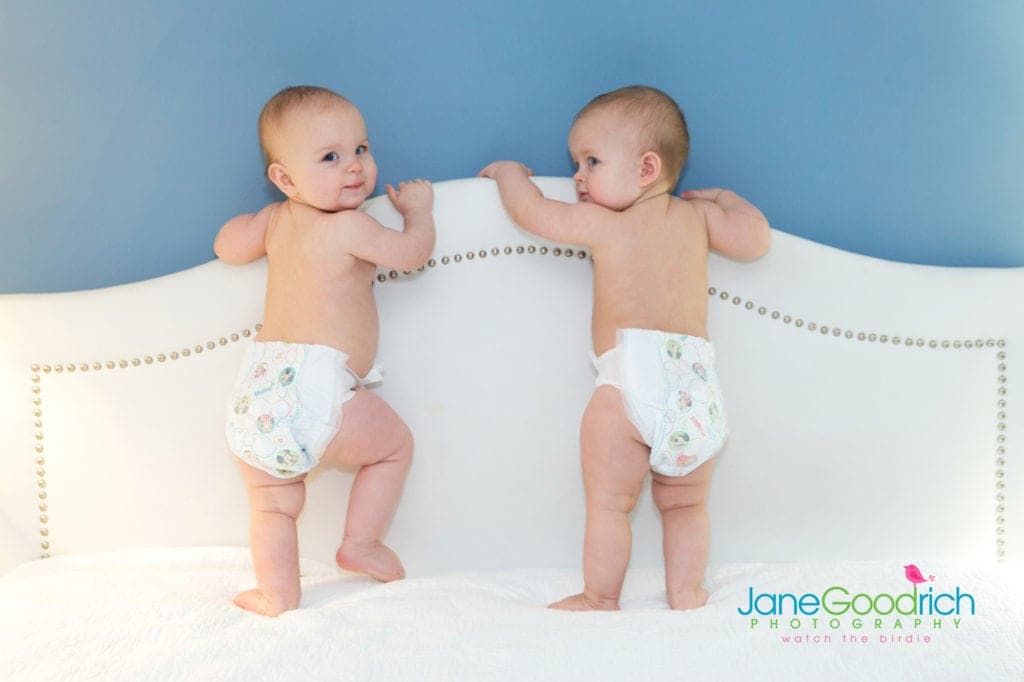GETTING STARTED WITH KID’S PORTRAIT PHOTOGRAPHY
May 13, 2016
 Do you love taking photos? Are you looking to jump into kid’s portrait photography? We have a few suggestions on jumping into the fun and challenging realm of kid’s photography.
Do you love taking photos? Are you looking to jump into kid’s portrait photography? We have a few suggestions on jumping into the fun and challenging realm of kid’s photography.
Step One: Equipment
While you don’t need to go out and drop $5,000 on equipment to start down the road towards kid’s photography, you do need some equipment. If you’re still not sure, play around with your smartphone or whatever camera you have on hand, but if you want to really explore your abilities you’ll need a proper camera and lens, at the very least.
Look for a prosumer-level camera (like the Canon Rebel T5i) that will offer a few options, manual control if you need it, and the ability to change out lenses. For your main lens, you’ll want a larger aperture and a “normal” lens width (somewhere around 50-85mm). Many beginner portrait photographers really like the balance of functionality and affordability offered by the “nifty fifty” lens, a 50mm f/1.8 that usually runs around $100. As you progress as a photographer, you might outgrow this lens, but in the meantime, it will help you get used to using a prime, large-aperture lens.
Step Two: Focus Faster
One major step that you can take as a photographer is to stop trying to get everything in focus – instead, you need to choose a focus point. With children’s photography, it’s often the child (for pulled-back photos) or the eye that’s closest to the camera (for close-ups). However, the trick is to learn how to get perfect focus quickly – so you get the shot you want, every time.
This means getting used to setting manual focus points, rather than letting your camera make all the decisions, as well as quickly identifying the focus point of your portrait (hopefully using the Rule of Thirds) and getting it locked in before your kids can move off.
Step Three: Embrace Aperture
Setting your subject is another one of those tips that will help set your portraits apart from the rest. Using a large aperture to let the background blur out helps to put the focus back on your child, particularly if you are dealing with a distracting background.
With a larger aperture comes a downside; you’ll have to be more aware of where you are focusing (as above) since you’ll have a much smaller area of crisp focus. Start at that largest aperture your lens allows and step down 1-2 stops, that will give you somewhere to work from.
Step Four: Examine the Light
Light is one of the building blocks of great portraits – something that we take for granted until we have a chance to get “the” portrait and you don’t have the right kinds of light. Learn to look for the light – examine where it’s coming from, what kind of light it is (direct or diffused) and how that particular type of light will affect your portrait if it’s from the front, the side, or behind.
Step Five: Don’t Sweat it
Rather that worry about all the “rules” associated with child photography, take it one step at a time. Child portraits should be fun for the subject and the photographer! Start with focus and aperture, once you feel comfortable you can start adding in some compositional rules to really help your portraits stand out.